Vikas C. Raykar
TsSHAP: Robust model agnostic feature-based explainability for time series forecasting
Mar 22, 2023


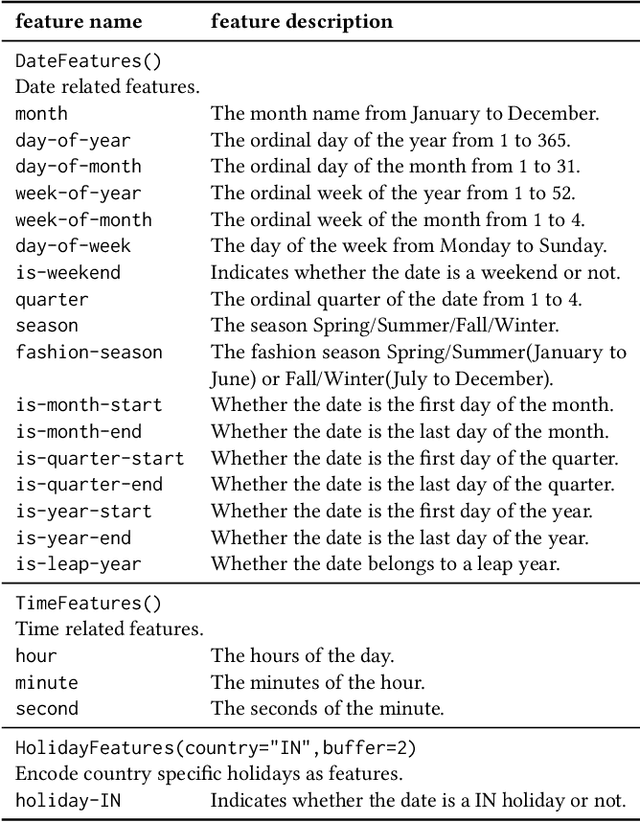
Abstract:A trustworthy machine learning model should be accurate as well as explainable. Understanding why a model makes a certain decision defines the notion of explainability. While various flavors of explainability have been well-studied in supervised learning paradigms like classification and regression, literature on explainability for time series forecasting is relatively scarce. In this paper, we propose a feature-based explainability algorithm, TsSHAP, that can explain the forecast of any black-box forecasting model. The method is agnostic of the forecasting model and can provide explanations for a forecast in terms of interpretable features defined by the user a prior. The explanations are in terms of the SHAP values obtained by applying the TreeSHAP algorithm on a surrogate model that learns a mapping between the interpretable feature space and the forecast of the black-box model. Moreover, we formalize the notion of local, semi-local, and global explanations in the context of time series forecasting, which can be useful in several scenarios. We validate the efficacy and robustness of TsSHAP through extensive experiments on multiple datasets.
Taxonomy grounded aggregation of classifiers with different label sets
Dec 01, 2015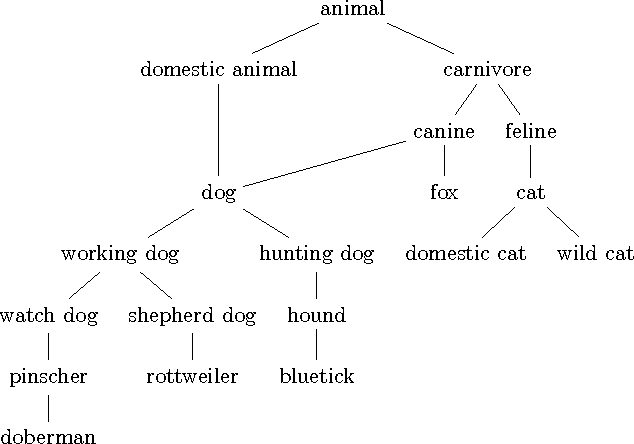
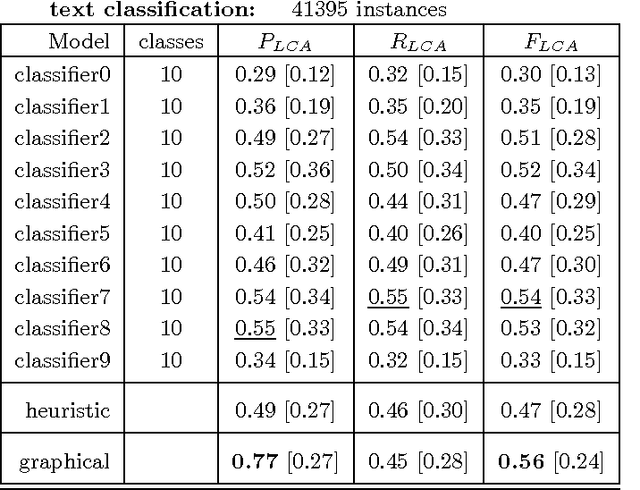
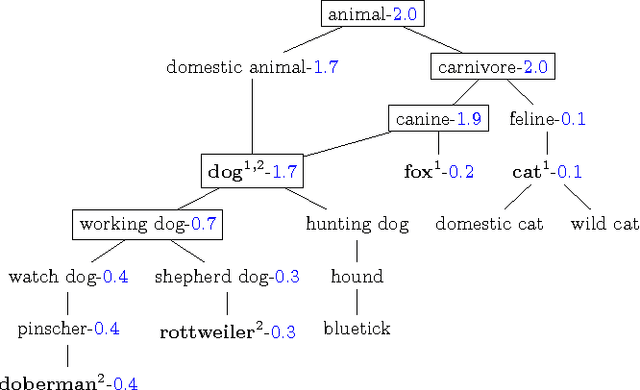
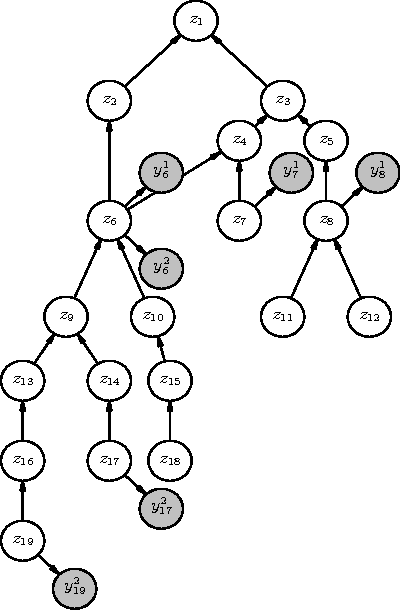
Abstract:We describe the problem of aggregating the label predictions of diverse classifiers using a class taxonomy. Such a taxonomy may not have been available or referenced when the individual classifiers were designed and trained, yet mapping the output labels into the taxonomy is desirable to integrate the effort spent in training the constituent classifiers. A hierarchical taxonomy representing some domain knowledge may be different from, but partially mappable to, the label sets of the individual classifiers. We present a heuristic approach and a principled graphical model to aggregate the label predictions by grounding them into the available taxonomy. Our model aggregates the labels using the taxonomy structure as constraints to find the most likely hierarchically consistent class. We experimentally validate our proposed method on image and text classification tasks.
 Add to Chrome
Add to Chrome Add to Firefox
Add to Firefox Add to Edge
Add to Edge